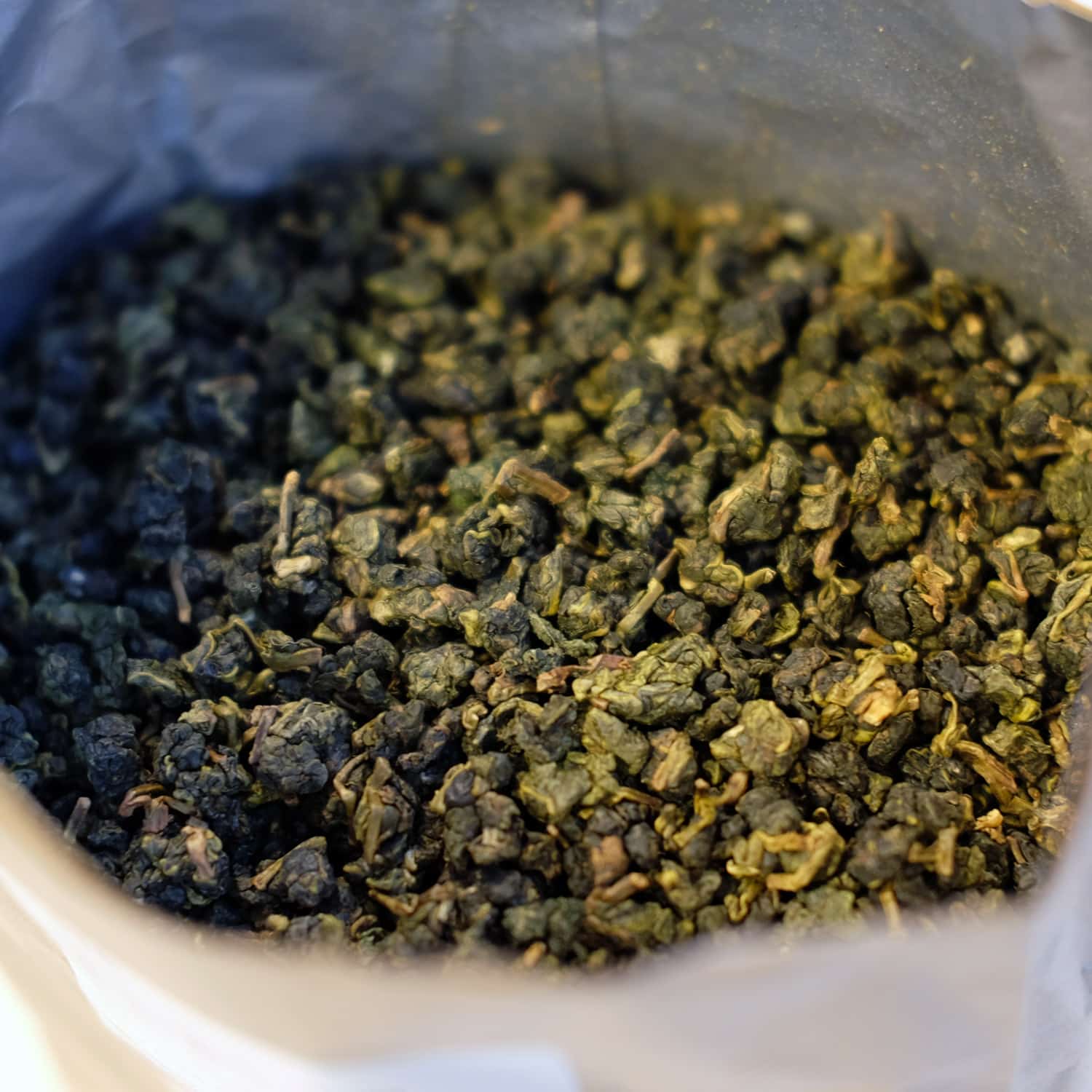We recently added two new teas from Thailand to our selection, our Sticky Rice Oolong and Jinxuan oolong. To highlight these Thai teas, we’d like to delve deeper into Thailand as a tea country. Thailand is a new tea country that has only recently started producing tea on a large scale. Modern Thai tea production began about 25 years ago thanks to an initiative by the Thai government and the royal house. This involved importing cultivars from Taiwan to be grown in the Chiang Rai area in northern Thailand.
History of Tea in Thailand
For hundreds of years, wild tea (camellia sinensis var. assamica) has grown in the northern hills of Thailand. Large-scale commercial cultivation only began in the late ’80s when the government and then-king encouraged tea cultivation in the north of Thailand to replace opium production.
The new interest in tea cultivation was aided by many Chinese immigrants who came to Thailand in the ’40s and ’50s to escape Mao Zedong’s communist regime. They settled in Doi Mae Salong and Doi Wawee in Chiang Rai, North Thailand, and started using their traditional skills to grow tea as the Royal Development Project gained momentum.
In 1994, cuttings and seeds were imported from China and Alishan in Taiwan, particularly the Taiwanese oolong cultivars Jin Xuan and Ruan Zhi. These were given to local farmers in the Chiang Rai Province, where about 7,200 hectares are now planted. Machinery and know-how were also imported from Taiwan, and from the mid-’90s, the industry expanded around the villages of Doi Tung, Doi Mae Salong, Doi Wawee, and Ban Hin Taek. Doi Mae Salong is now particularly known for its green tea, jade oolongs, dark oolongs, and flavored teas such as jasmine and osmanthus.
Tea Production in Thailand
In Thailand, both camellia sinensis var. assamica is used, as this variety is native, and imported sinensis varieties and cultivars from China and Taiwan, such as the Jin Xuan cultivar and Ruan Zhi No 17. Tea cultivation is divided into wild Shan tea (assamica tea plants found mainly in the northern fringes of the Himalayas), traditional family tea gardens around villages, and a few small commercial plantations in Chiang Mai and Chiang Rai. The tea plantations are all located in the north of Thailand in the provinces of Chiang Rai, Chiang Mai, Mae Hong Son, Lampang, and Phrae, covering an area of about 16,000 hectares in total.
Thailand produces approximately 40 million kilos of tea annually, and about 85% of this total tea production is consumed within Thailand itself. The terrain is very varied. Some tea fields are located in flat areas, while others are on very steep terraced slopes in the mountains of North Thailand. The altitude of the tea fields ranges from 1,200 to 1,800 meters. Tea is produced all year round in Thailand.
Types of Thai Tea
The imported sinensis varieties and cultivars are mainly used for the production of green tea, flavored green tea, and oolong tea. The assamica tea plants are primarily used for making miang (chewing tea), but also often for black tea and green tea. The country has also recently started producing small quantities of white and post-fermented tea.
The range of Thai tea, with 40 million kilos, is quite limited. A possible explanation is that the Thai population does not drink much loose tea. Many do drink tea, often in the form of iced tea (Thai milk tea), but most prefer coffee or bubble tea.
Traditional Thai Tea: Miang and Cha Yen
Miang is a fermented chewing tea traditionally made in Chiang Mai, where most assamica varieties grow, by fermenting steamed bundles of tea leaves for several weeks or months in barrels. These leaves are eaten plain or flavored with salt, sugar, or ginger. Locally, the word miang also refers to the assamica variety.
A well-known cold tea drink from Thailand is Cha Yen, also called Thai milk tea or Thai iced tea. It’s a thick, sweet blend of black tea, star anise, yellow food coloring, and condensed and evaporated milk, poured over ice. It is light in flavor and floral, making it ideal for drinking on a hot summer day in Thailand.






